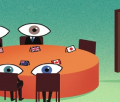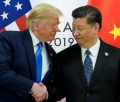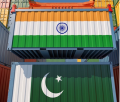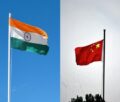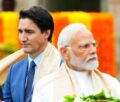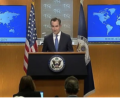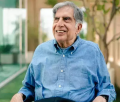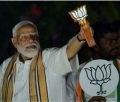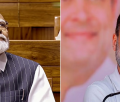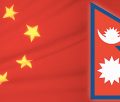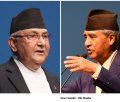AI engraving foot prints on health care

By Neeraj Bajpai
SIR ALEXANDER FLEMING, the discoverer of penicillin, shared the NOBEL PRIZE for Medicine in 1945.but when he arrived in Stockholm to receive the award he had a bad cold. Throughout the ceremony he used his handkerchief repeatedly. Later when he was leaving, his eyes were still watery, and he was still sniffing.
One of the officials shook his head sympathetically and said, “No good for colds”.
.
But, it was a stunning discovery that changed the course of history. The active ingredient, which Fleming named penicillin, turned out to be an infection-fighting agent of enormous potency.
When it was finally recognized for what it was, the most efficacious life-saving drug in the world, penicillin altered forever the treatment of bacterial infections.Now, it is turn of AI that is making fast forays in a broad-spectrum of disciplines, and Medical diagnostics and treatment field is paving way for intrusion of AI (artificial intelligence).
Across the world, race is underway to exploit AI for good of patients. Many say it is not much away from tipping point: Those who will take timely advantage of it or those who are set to miss the opportunity at the initial moments.
In INDIA, AI ball has started rolling in the wake of huge potential of healthcare network and ever burgeoning population of 130 crore people.
A discussion paper on National strategy for Artificial Intelligence prepared by NITI –Ayog team which included , Arnab Kumar, Punit Shukla, Aalekh Sharan and Tanay Mahindru ,came up for discussions recently and moves are afoot to move further.
The paper delved at length on various dimensions of AI .It said NITI Aayog is working with Microsoft and Forus Health to roll out a technology for early detection of diabetic retinopathy as a pilot project. 3Nethra, developed by Forus Health, is a portable device that can screen for common eye problem.
Integrating AI capabilities to this device using Microsoft’s retinal imaging APIs enables operators of 3Nethra device to get AI-powered insights even when they are working at eye checkup camps in remote areas with nil or intermittent connectivity to the cloud.
The resultant technology solution also solves for quality issues with image capture and systems checks in place to evaluate the usability of the image captured.
AI based healthcare solutions can also help in making healthcare services more proactive – moving from “sick” care to true “health” care, with emphasis on preventive techniques.
AI solutions can augment the scarce personnel and lab facilities; help overcome the barriers to access and solve the accessibility problem; through early detection, diagnostic, decision making and treatment, cater to a large part of India.
Cancer screening and treatment, the paper says, is an area where AI provides tremendous scope for targeted large scale interventions. India sees an incidence of more than 1 million new cases of cancer every year, and early detection and management can be crucial in an optimum cancer treatment regimen across the country.
NITI Aayog is in an advanced stage for launching a programme to develop a national repository of annotated and curated despite the obvious economic potential, the healthcare sector in India remains multi-layered and complex, and is ripe for disruption from emerging technologies at multiple levels.
It is probably the most intuitive and obvious use case primed for intervention by AI driven solutions, as evidenced by the increasing activity from large corporates and startups alike in developing AI focused healthcare solutions.
Researchers said Adoption of AI for healthcare applications is expected to see an exponential increase in next few years. The increased advances in technology, and interest and activity from innovators, provides opportunity for India to solve some of its long existing challenges in providing appropriate healthcare to a large section of its population. AI combined with robotics and Internet of Medical Things (IoMT) could potentially be the new nervous system for healthcare, presenting solutions to address healthcare problems and helping the government in meeting the above objective pathology images. Another related project under discussions is an Imaging Biobank for Cancer.
In US, Viz.ai, Inc., an applied artificial intelligence healthcare company a few months back announced that the U.S. Food and Drug Administration (FDA) has granted a De Novo request for the first-ever Computer-Aided Triage and Notification Platform to identify Large Vessel Occlusion (LVO) strokes in CTA imaging. This regulatory clearance compliments Viz.ai’s recent European CE Mark for the product in January 2018.
“The Viz.ai LVO Stroke Platform is the first example of applied artificial intelligence software that seeks to augment the diagnostic and treatment pathway of critically unwell stroke patients,” said Dr. Chris Mansi, neurosurgeon and Chief Executive Officer. “We are thrilled to bring artificial intelligence to healthcare in a way that works alongside physicians and helps get the right patient, to the right doctor at the right Time.”
Stroke is a serious and time-sensitive medical condition that requires emergency care and can cause lasting brain damage, long-term disability and death. A stroke occurs if the flow of oxygen-rich blood to a portion of the brain is blocked. When this happens 2 million brain cells die every minute. “This software device could benefit patients by notifying a specialist earlier thereby decreasing the time to treatment. Faster treatment may lessen the extent or progression of a stroke,” said Robert Ochs, Ph.D., acting deputy director for radiological health, Office of In Vitro Diagnostics and Radiological Health in the FDA’s Center for Devices and Radiological Health.
The Viz.ai LVO Stroke Platform was developed using deep learning, a revolutionary technique where algorithms learn how to identify patterns in data from millions of prior examples. The Viz.ai system connects to a hospital CT scanner and alerts the stroke specialist that a suspected LVO stroke has been identified, sending the radiological images directly to their smart phone.
In a 300-patient performance study, the Viz.ai LVO Stroke Platform obtained an AUC of 0.91, identifying LVOs and alerting the relevant specialist with 90% sensitivity and specificity and a median scan to notification time of under 6 minutes. In over 95% of cases, the automatic notifications demonstrated faster notification of the specialist, saving between 6 and 206 minutes, with an average time saving of 52 minutes.
“Timely LVO stroke identification and transfer to a specialist hospital that can perform mechanical thrombectomy is the top priority for LVO stroke patients,” said Dr. Raul Nogueira, Professor of Neurology, Neurosurgery and Radiology at Emory University and the Immediate-Past President, Society of Vascular & Interventional Neurology. “This software is designed to help identify appropriate patients earlier and more often, and enable faster transfer and treatment, which, ultimately may result in improved patient outcomes.
Noted cardiologist ERC topol,who is professor of genomics and holds the Scripps endowed chair in innovative medicine, has now written a book that calls for the “creative destruction” of the current medical paradigm, which he believes has failed to keep up with the digitized world of interactivity, social media, computers, apps, and advanced engineering and electronics.
In his book, he lambasts current-day medicine as being archaic and wasteful, making his case with a compelling blend of statistics, anecdotes. He talks about how destruction and rebooting. Topol believes that consumers teaming up with innovators in the med-digital world are the key to forcing change, which is certainly true. But how exactly will this work? He is the director of the Scripps Translational Science Institute in La Jolla, California. Previously, he led the Cleveland Clinic to its #1 ranking in heart care, started a new medical school, and led key discoveries in heart disease. He lives with his family in La Jolla, California.
The NITI-Aayog discussion paper says AI is a constellation of technologies that enable machines to act with higher levels of intelligence and emulate the human capabilities of sense, comprehend and act. Thus, computer vision and audio processing can actively perceive the world around them by acquiring and processing images, sound and speech.
The natural language processing and inference engines can enable AI systems to analyse and understand the information collected. An AI system can also take action through technologies such as expert systems and inference engines or undertake actions in the physical world. These human capabilities are augmented by the ability to learn from experience and keep adapting over time. AI systems are finding ever-wider application to supplement these capabilities across enterprises as they grow in sophistication.
The paper says Healthcare is one of the most dynamic, yet challenging, sectors in India, and is expected to grow to USD280 billion by 2020, at a CAGR of upwards of 16%, from the current ~USD100 billion. Adoption of AI for healthcare applications is expected to see an exponential increase in next few years. Technology disruptions like AI are once-in-generation phenomenon, and hence large-scale adoption strategies, especially national strategies, need to strike a balance between narrow definitions of financial impact and the greater good.
NITI Aayog has decided to focus on five sectors that are envisioned to benefit the most from AI in solving societal needs: a) Healthcare: increased access and affordability of quality healthcare, b) Agriculture: enhanced farmers’ income, increased farm productivity and reduction of wastage, c) Education: improved access and quality of education, d) Smart Cities and Infrastructure: efficient and connectivity for the burgeoning urban population, and e) Smart Mobility and Transportation: smarter and safer modes of transportation and better traffic and congestion problems.
AI combined with robotics and Internet of Medical Things (IoMT) could potentially be the new nervous system for healthcare, presenting solutions to address healthcare problems and helping the government in meeting the above objectives.
AI solutions can augment the scarce personnel and lab facilities; help overcome the barriers to access and solve the accessibility problem; through early detection, diagnostic, decision making and treatment, cater to a large part of India.
Cancer screening and treatment is an area where AI provides tremendous scope for targeted large scale interventions. India sees an incidence of more than 1 million new cases of cancer every year, and early detection and management can be crucial in an optimum cancer treatment regimen across the country. Despite the obvious economic potential, the healthcare sector in India remains multi-layered and complex, and is ripe for disruption from emerging technologies at multiple levels. It is probably the most intuitive and obvious use case primed for intervention by AI driven solutions, as evidenced by the increasing activity from large corporates and startups alike in developing AI focused healthcare solutions.
Adoption of AI for healthcare applications is expected to see an exponential increase in next few years. The healthcare market globally driven by AI is expected to register an explosive CAGR of 40% through 2021, and what was a USD600 million market in 2014 is expected to reach USD6.6 billion by 202112.
The increased advances in technology, and interest and activity from innovators, provides opportunity for India to solve some of its long existing challenges in providing appropriate healthcare to a large section of its population. AI combined with robotics and Internet of Medical Things (IoMT) could potentially be the new nervous system for healthcare, presenting solutions to address healthcare problems and helping the government in meeting the above objectives.
AI solutions can augment the scarce personnel and lab facilities; help overcome the barriers to access and solve the accessibility problem; through early detection, diagnostic, decision making and treatment, cater to a large part of India.
Healthcare is one of the most dynamic, yet challenging, sectors in India, and is expected to grow to USD280 billion by 2020, at a CAGR (Compound Annual Growth Rate) of upwards of 16%, from the current ~USD 100 billion .
Yet, it faces major challenges of quality, accessibility and affordability for a large section of the population:
A: Shortage of qualified healthcare professionals and services like qualified doctors, nurses, technicians and infrastructure: as evidenced in 0.76 doctors and 2.09 nurses per 1,000 population (as compared to WHO recommendations of 1 doctor and 2.5 nurses per 1,000 population respectively) and 1.3 hospital beds per 1,000 population as compared to WHO recommended 3.5 hospital beds per 1,000 population.
B: Non-uniform accessibility to healthcare across the country with physical access continuing to be the major barrier to both preventive and curative health services, and glaring disparity between rural and urban India. With most of the private facilities concentrated in and around tier 1 and tier 2 cities, patients have to travel substantial distances for basic and advanced healthcare services.
The problem is further accentuated by lack of consistent quality in healthcare across India, most of the services provided is individual driven rather than institution driven, and less than 2% of hospitals in India are accredited.
-
Book Shelf
-
 Book Review
DESTINY OF A DYSFUNCTIONAL NUCLEAR STATE
Book Review
DESTINY OF A DYSFUNCTIONAL NUCLEAR STATE
- Book ReviewChina FO Presser Where is the fountainhead of jihad?
- Book ReviewNews Pak Syndrome bedevils Indo-Bangla ties
- Book Review Understanding Vedic Equality….: Book Review
- Book Review Buddhism Made Easy: Book Review
- Book ReviewNews Elegant Summary Of Krishnamurti’s teachings
- Book Review Review: Perspectives: The Timeless Way of Wisdom
- Book ReviewNews Rituals too a world of Rhythm
- Book Review Marx After Marxism
- Book Review John Updike’s Terrorist – a review
-
-
Recent Top Post
- Commentaries Record Pentagon spending bill and America’s hidden nuclear rearmament
-
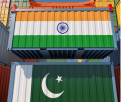 CommentariesNews
Ides of trade between India and Pakistan
CommentariesNews
Ides of trade between India and Pakistan
-
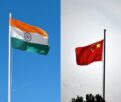 Commentaries
How sustainable is the rhetoric of India-China Bhai-Bhai
Commentaries
How sustainable is the rhetoric of India-China Bhai-Bhai
-
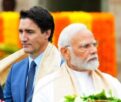 CommentariesTop Story
New Set of Diplomatic Strains with Canada
CommentariesTop Story
New Set of Diplomatic Strains with Canada
-
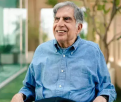 News
Ratan Tata’s Legacy
News
Ratan Tata’s Legacy
-
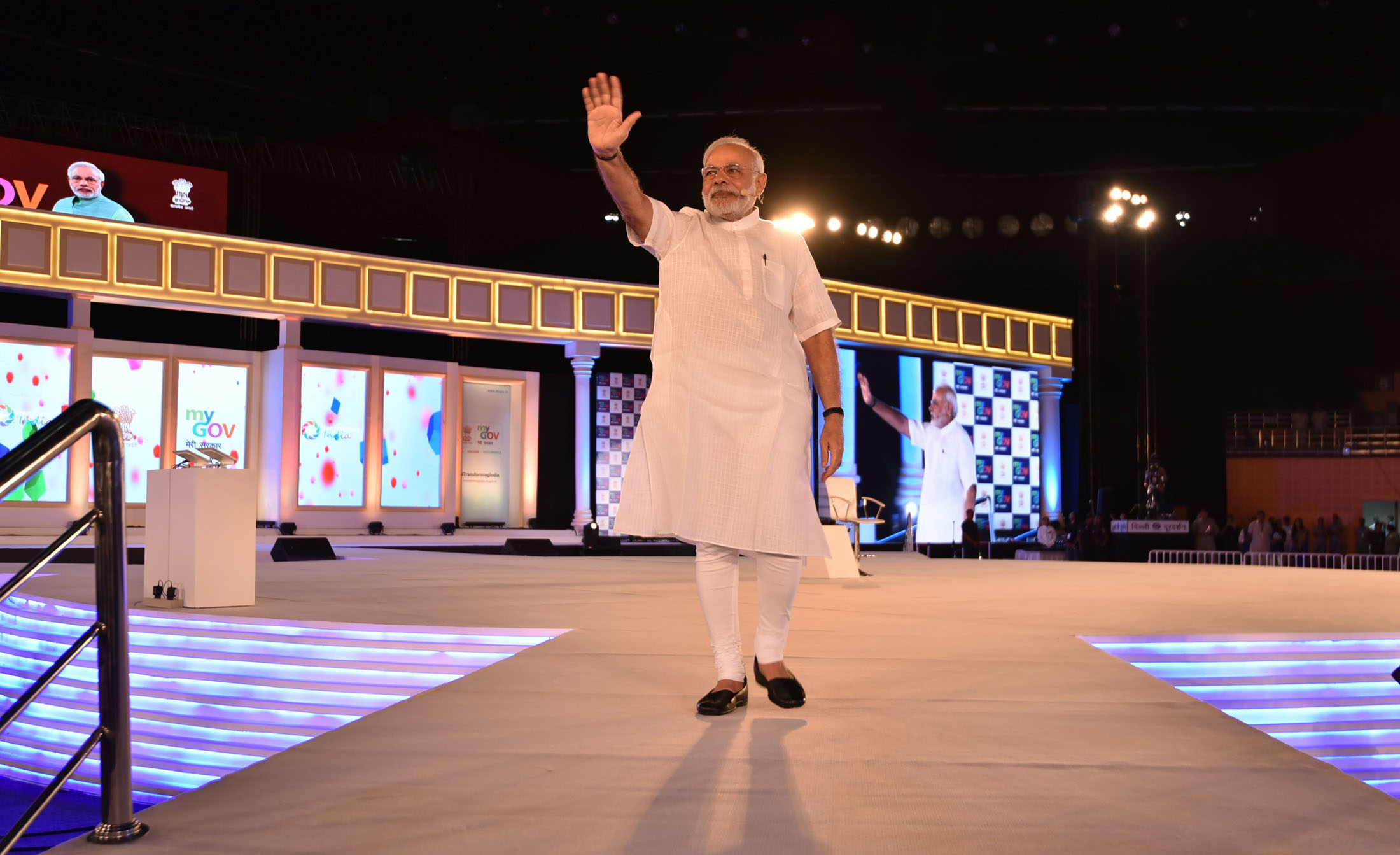 Commentaries
India’s Strategic Push on the World Stage
Commentaries
India’s Strategic Push on the World Stage
- Commentaries Veils of Resistance
- Commentaries Ensuring Safety for Women Healthcare Workers
-
 CommentariesTop Story
Palestinians at the cross- roads
CommentariesTop Story
Palestinians at the cross- roads
-
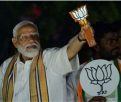 CommentariesTop Story
While Modi professes concern for the jobless, “his government’s budget escalates class war”
CommentariesTop Story
While Modi professes concern for the jobless, “his government’s budget escalates class war”
AdSense code



